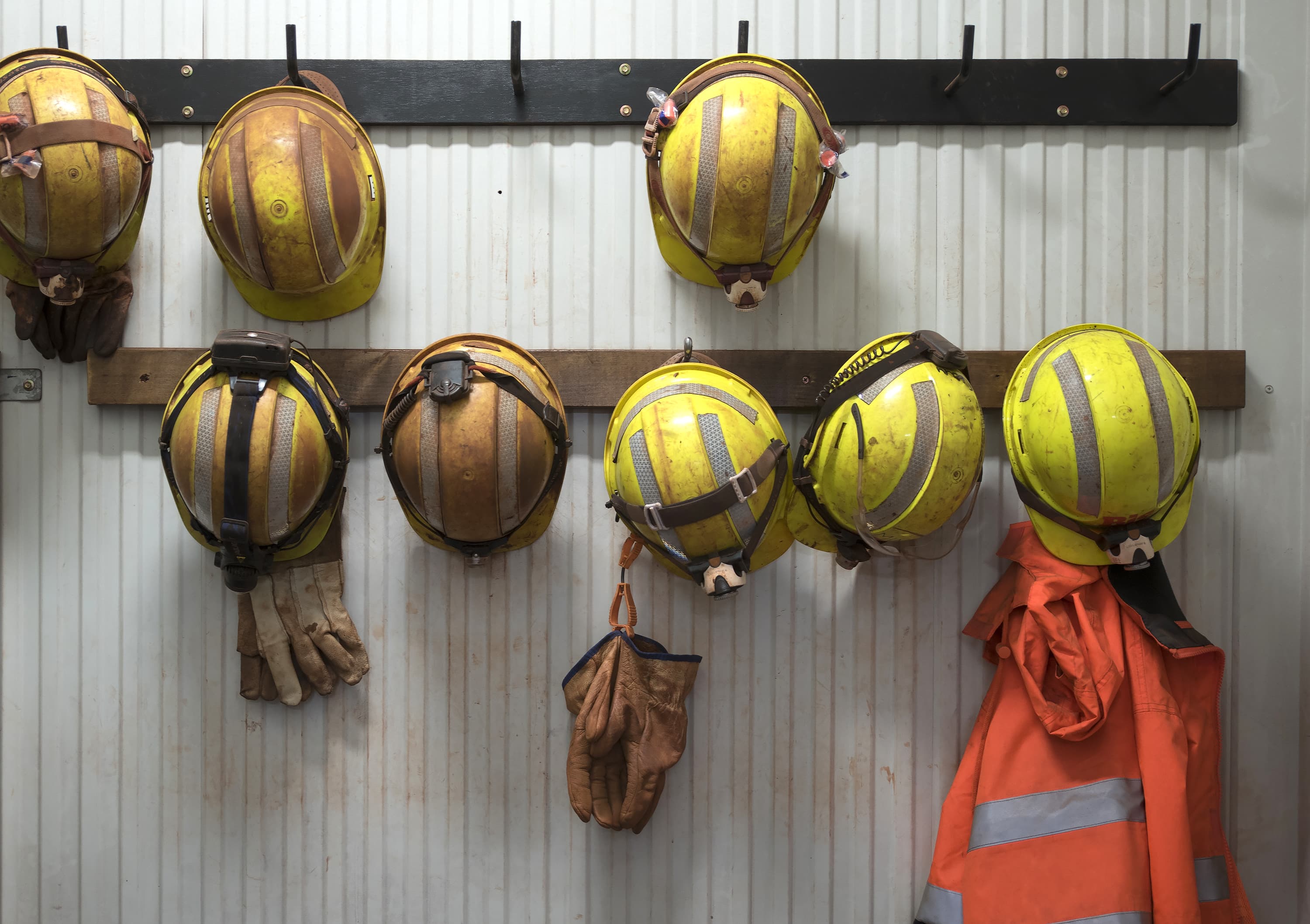Somewhat buried in ethereum’s big software makeover that rolled out Thursday is a code update known as Ethereum Improvement Proposal 3554, or EIP-3554 for short. It threatens to hasten the end of ethereum mining as we know it.
Since its launch, the ethereum community has talked about overhauling the way that it mints ether, which is the token associated with the ethereum blockchain. But getting people to make the change is going to require a push – and that push is something known as a difficulty bomb.
“It’s a mechanism in ethereum that makes it exponentially harder to mine,” said Tim Beiko, the coordinator for ethereum’s protocol developers. “It’s like we’re artificially adding miners on the network, which raises the difficulty, making it harder for every other miner that’s on the network to actually mine a block.”
EIP-3554 moves up the detonation date of that difficulty bomb by six months to December. Once it goes off, it will essentially make ethereum unmineable.
Ethereum 2.0
Cryptocurrencies like ethereum and bitcoin regularly receive flack for the process of mining, which is how new coins are generated. Both currently use a so-called “proof-of-work” mining model, where machines solve complex math equations to create new coins. This makes it impossible for any centralized body to create new coins arbitrarily – there’s no equivalent of a central government to print new dollars – which crypto enthusiasts believe helps preserve the value of these cryptocurrencies.
However, this effort requires significant energy to power the computers used to perform the calculations, which has drawn criticism from outsiders concerned about energy shortages and carbon emissions.
The ethereum community has coalesced around the idea of migrating from proof-of-work to “proof-of-stake,” which requires users to leverage their existing cache of ether as a means to verify transactions and mint new tokens. This will still limit the amount of new coin created, but without requiring the energy used to run massive banks of computers to solve math equations.
Beiko tells CNBC the original proposal required these so-called validators to have 1,500 ether, a stake now worth around $4.2 million. To lower the barrier to entry, the new proof-of-stake proposal would only require interested users to have 32, or about $90,000.
“It’s still not a trivial sum, but it’s a much more accessible system,” said Beiko.
Since December 2020, the ethereum community has been testing out the proof-of-stake workflow on a chain called Beacon.
Though proof-of-stake has been the plan for ethereum since the outset, developers have pushed back the rollout, because they had seen serious flaws in previous implementations. Beacon solves these problems, according to Beiko.
“We knew that there would be a lot of technical work to address things like the increased centralization that we see in other proof-of stake-systems,” he said. “We’ve achieved that with the Beacon chain, where there’s one or two orders of magnitude more validators…than any other proof-of-stake networks.”
Migrating the entire ethereum ecosystem to Beacon, an upgrade being dubbed “ethereum 2.0,” is the next step in the process. Getting everyone on board with the move is where the difficulty bomb becomes significant.
The Ice Age
This isn’t the first time in ethereum’s history that a difficulty bomb has detonated.
It’s happened a few times, including in 2017, 2019, and again last year.
When a difficulty bomb detonates, it floods the system with artificial miners, driving up the mining difficulty. That means new blocks will appear more and more slowly on the network. “If you increase the difficulty really, really quickly, it’s just not profitable for new miners,” explained Beiko.
But each time it’s gone off, the community has reset the clock in order to bring the difficulty level back down to normal levels.
While you don’t need a bomb to go off to roll out proof-of-stake mining, it certainly helps move things along by closing the on-ramp to proof-of-work mining. Beiko calls it more of a stopgap measure.
In essence, the point of the difficulty bomb is to force miners and node operators to upgrade their software after a predetermined amount of time has passed, according to Nic Carter, Castle Island Ventures general partner and Coin Metrics co-founder.
In December, if the deadline for detonation isn’t pushed back, the bomb will go off, and you’ll see another parabolic rise in difficulty, like the ones pictured in the chart above. But this time, developers won’t be rewinding the clock.
It will be the start of ethereum’s proof-of-work “Ice Age.”
Not everyone’s happy
While the upgrade to ethereum 2.0 has a lot of backers, not everyone is happy about the change.
“There are some miners who are against it, but it’s in their financial interest to be against it,” said Beiko.
Once the protocol has fully migrated to a proof-of-stake model, there won’t be any revenue to be made from ethereum mining.
At that point, miners have a few options for what to do next.
There are a lot of other chains that support GPU-based mining, so miners could simply choose to start mining other cryptocurrencies.
They could also decide to just shut down mining operations entirely and sell their mining equipment. Beiko expects to see a lot of that.
“We’ve also seen many mining farms and mining pools on ethereum start to get into staking,” he said.
“We’ve seen mining pools use their profits to set up validators on ethereum. We’ve also seen them offer pooling services for their users who might not have 32 ether but still want to validate the network.” So even if you don’t have $90,000 parked in ether, you still might be able to keep some skin in the mining game.

